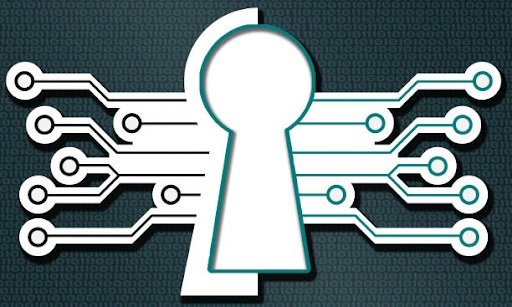Singapore, a city known for its modern infrastructure, bustling business districts, and vibrant cultural scene, ensures the safety and security of individuals and assets is of utmost importance. As the urban landscape continues to evolve, so do the challenges associated with managing access to various premises, from residential buildings and commercial establishments to government facilities and educational institutions.
Access control systems have emerged as a critical component of Singapore’s security infrastructure, providing advanced solutions for managing and monitoring entry and exit points. In this comprehensive guide, we’ll explore the significance of access control systems in Singapore, how they work, their benefits, and considerations for implementation.
Understanding Access Control Systems
Access control systems are security solutions designed to regulate and monitor entry to buildings, rooms, or restricted areas. These systems utilize electronic credentials, such as access cards, key fobs, or biometric identifiers, to authenticate and authorize individuals seeking access to a controlled area. Access control systems typically consist of the following components:
1. Access Control Panel: The access control panel serves as the central hub of the system, managing communication between access devices (card readers, biometric scanners) and the database of authorized users. It stores user credentials, access permissions, and transaction logs.
2. Access Devices: Access devices, such as card readers, keypads, or biometric scanners, are installed at entry points to verify the identity of individuals seeking access. These devices communicate with the access control panel to authenticate credentials and determine whether access should be granted or denied.
3. Credentials: Electronic credentials, such as access cards, key fobs, or biometric identifiers (fingerprints, facial recognition), are issued to authorized individuals and contain unique information that is programmed into the access control system. These credentials are used to verify identity and determine access permissions.
How Access Control Systems Work
Access control systems operate based on the principle of authentication and authorization. Here’s how the process typically works:
1. Authentication: When an individual seeks access to a controlled area, they present their electronic credential (access card, key fob, biometric identifier) to the access device installed at the entry point.
2. Verification: The access device reads the credential and sends the information to the access control panel for verification. The panel checks the credentials against the database of authorized users to determine if access should be granted or denied.
3. Authorization: If the credential is verified and the individual has the necessary permissions, the access control panel sends a signal to unlock the door or gate, granting access to the controlled area. If the credential is not recognized or access is denied, the door remains locked.
4. Logging: The access control system logs each access attempt, recording details such as the date, time, and identity of the individual seeking access. These logs provide valuable audit trail information for security monitoring and incident investigation.
Benefits of Access Control Systems
Access control systems offer several benefits over traditional lock-and-key systems:
1. Enhanced Security: Access control systems provide a higher level of security by eliminating the risk of unauthorized key duplication and offering features such as multi-factor authentication and encryption.
2. Improved Access Control: With access control systems, administrators have granular control over who can access specific areas and when. Access permissions can be easily updated or revoked as needed, reducing the risk of unauthorized access.
3. Convenience: Electronic credentials are more convenient to carry and use than traditional keys. They can also be easily deactivated if lost or stolen, mitigating security risks.
4. Audit Trail: Access control systems generate detailed audit trails of access activity, providing valuable insights into who accessed which areas and when. This information can be invaluable for security audits, compliance, and incident investigation.
5. Scalability: Access control systems are highly scalable and can be easily expanded to accommodate growing organizations or changing security needs. Additional access devices can be added as needed without requiring extensive infrastructure changes.
Considerations for Implementing Access Control Systems in Singapore
When implementing an access control system in Singapore, several factors should be taken into account:
1. Regulatory Compliance: Ensure that the access control system complies with relevant regulations and standards, such as the Personal Data Protection Act (PDPA) and the Security Industry Regulatory Department (SIRD) requirements.
2. Integration with Existing Infrastructure: Consider how the access control system will integrate with existing security infrastructure, such as surveillance cameras, alarms, and monitoring systems.
3. User Training: Provide proper training to administrators and users to ensure they understand how to use the system effectively and adhere to security protocols.
4. Data Privacy and Security: Implement measures to protect sensitive data stored within the access control system, such as encryption and access controls, to prevent unauthorized access or data breaches.
5. Maintenance and Support: Establish a maintenance schedule and support plan to keep the system running smoothly and address any technical issues promptly.
Access control systems play a vital role in safeguarding premises and assets in Singapore’s dynamic urban environment. By providing advanced solutions for managing and monitoring access, these systems enhance security, improve access control, and provide valuable audit trail information. When implementing an access control system, it’s essential to consider factors such as regulatory compliance, integration with existing infrastructure, user training, data privacy, and maintenance. With proper planning and implementation, access control systems can help address security challenges and ensure the safety and security of individuals and assets in Singapore for years to come.
